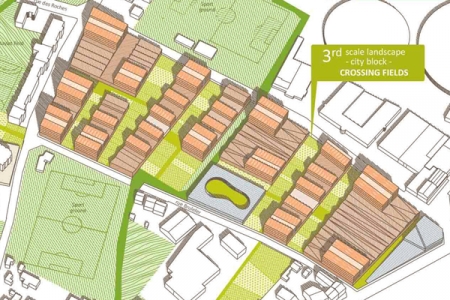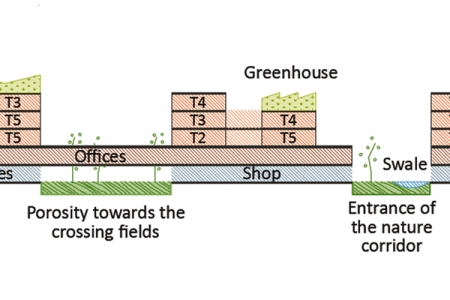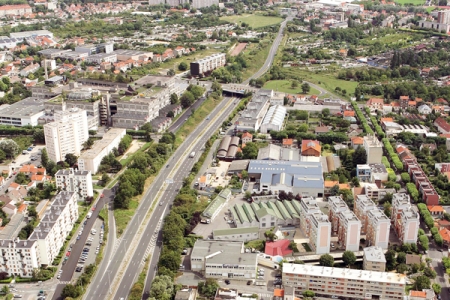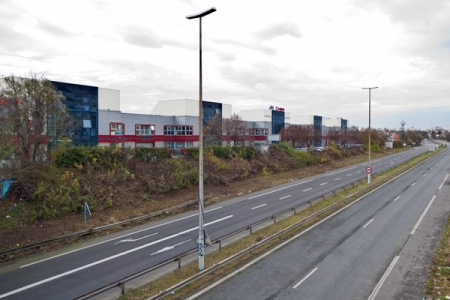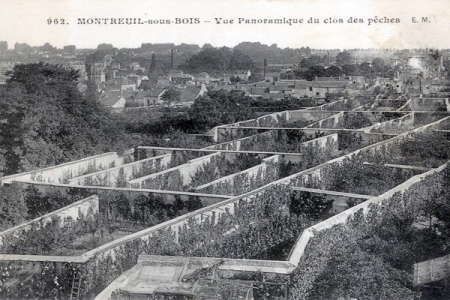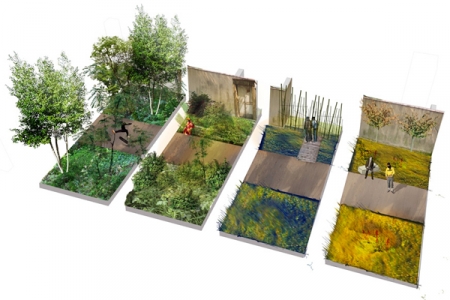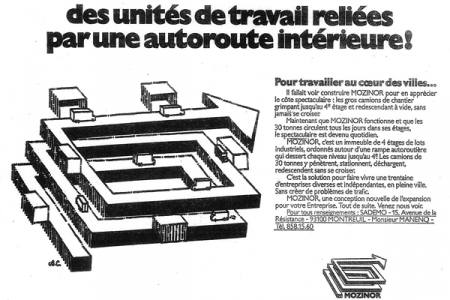La Clé des Champs
Montreuil (FR) – Runner-up
TEAM DATA
Team representative: Florent Descolas (FR) – architect; Associates: Mathieu Garcia (FR), Adrien Mondine (FR) – architects
OYAPOCK architectes, 11 rue Manin, 75019 Paris – France
+33 6 30 06 34 66 – am@oyapock-architectes.com – www.oyapock-architectes.com
See the complete listing of portraits here
See the site page here

M. Garcia, F. Descolas & A. Mondine
INTERVIEW
Click on the images to enlarge
1. How did you form the team for the competition?
We have worked together on a daily basis for more than five years and decided to participate to Europan in parallel to starting our own business. Europan appeared to us as obvious as it is a competition that offers the opportunity to develop an urban and architectural thinking in a concrete and local context.
2. How do you define the main issue of your project, and how did you answer on this session main topic: Adaptability through Self-Organization, Sharing and/or Project (Process)?
The main issue of the Quartier du Haut Montreuil is representative of the development of the Grand Paris: how to take advantage of the opportunity presented by the arrival of new public transport (metro lines 9, 11 and 15 and tramway T1) to reconnect a city area that has been isolated until now, while preserving its specificity and wealth? How can we densify a neighbourhood, welcome new tertiary activities and develop housing supply without reproducing the segregated radio-concentric development model?
In the perspective of a post-carbon era requiring to relocate exchanges, it became necessary to reintroduce a foster production nearby, thereby reviving a traditional culture of the city of Montreuil. This agricultural activity is not only to ensure food intake, but also helps organize the consumption/production cycle according to a virtuous functioning of exchange and revaluation from waste food and energy (heat, excreta, agriculture): similarly to the vegetable belt of the 19th century, the new districts of the Grand Paris will be able to limit the impact of housing on the land.
3. How did this issue and the questions raised by the site mutation meet?
The haut Montreuil area is characterized by a strong presence of large plots of activities and warehousing, whose necessary mutation is one of the fundamental issues of the project. The dismantling of the A186 is an opportunity to transform what is now a break dividing the higher and lower Montreuil into a meeting and gathering place. The motorway is transformed into a linear forest that links up the higher and lower Montreuil as well as Romainville and Fontenay-sous-Bois. It re-examines the surrounding transport-related activities. Our project proposes a segmentation of activities and a typological change based on an approach aiming at pooling services across activities, including a redesign for the transport of the last mile, which allows both to restore spaces for the public and dedicated to urban agriculture and to find a programmatic mix on these plots.
4. Have you treated this issue previously? What were the reference projects that inspired yours?
This is the first time that we have treated this problem on this scale. Rather than relying on reference projects, our approach is first based on research and assimilation of the existing, but also on ongoing projects, including the one on the St. Antoine Murs- à-pêches district by extending some of the issues it raises and linking it with other ongoing projects such as ZAC Boissiere-Acacia.
5. Today –at the era of economic crisis and sustainability– the urban-architectural project should reconsider its production method in time; how did you integrate this issue in your project?
The urban-architectural project must reconsider its manufacturing method in time but also in space. Through this project, we have attempted to illustrate a process of urban development whose habitat density is determined by the ability to foster productive spaces (agricultural strips, rooftop greenhouses). Thus it is the cultivated area that defines the built surface. The public space is no longer a residual space dedicated to cars, but becomes the genesis of the creation process of the city. By a set of transactions initiated from a mutating plot, the existing warehouses are reorganized to optimize their land holdings and to create the "back roads". On these bases of activities, including the walls recalling the “mûrs à pêches”, we will be able to build light constructions, with a structural frame allowing flexible usage between housing and tertiary activity, altogether contributing to the functioning of this urban ecosystem.
6. Is it the first time you have been awarded a prize at Europan? How could this help you in your professional career?
This is the first time we have received an award at Europan. We see this competition as a professional development opportunity and a way to enrich the urban debate. Europan –we hope– will give us the chance to deepen our ideas with all stakeholders and inhabitants of the city of Montreuil.
